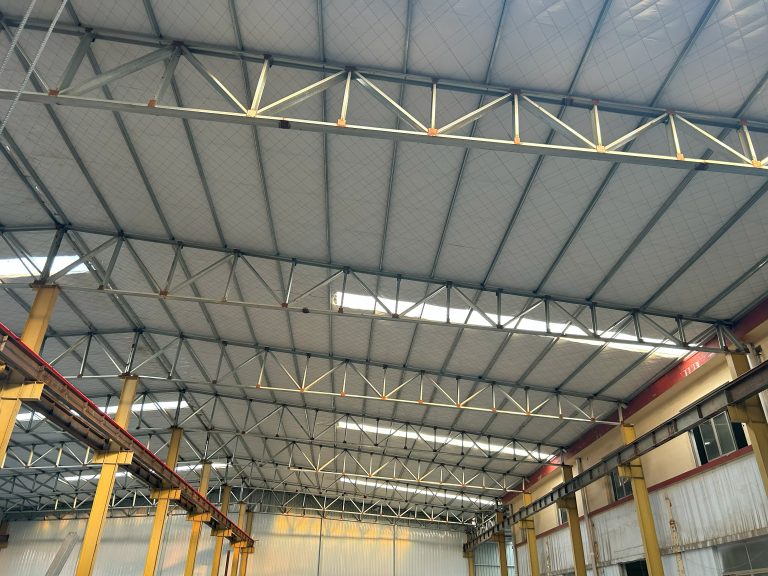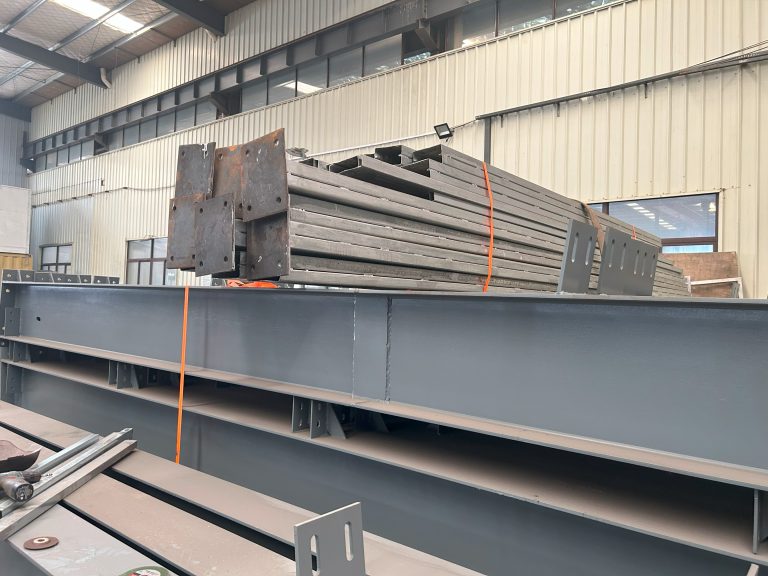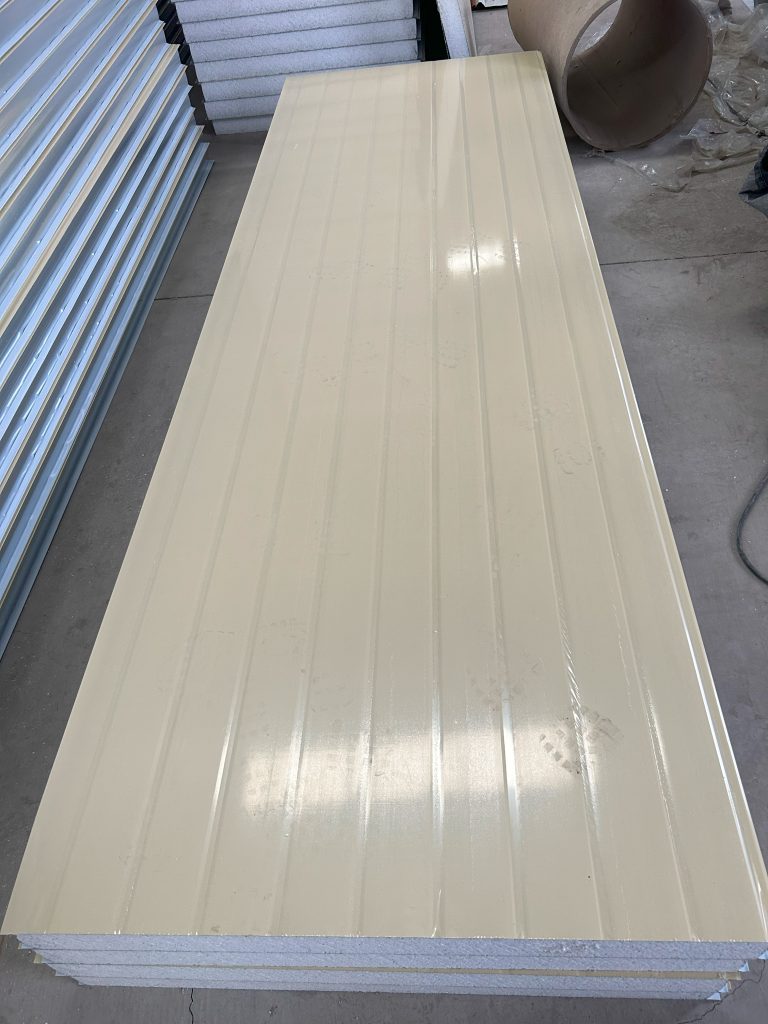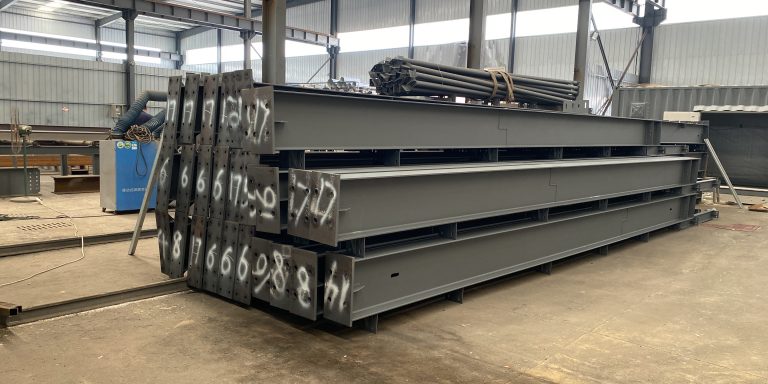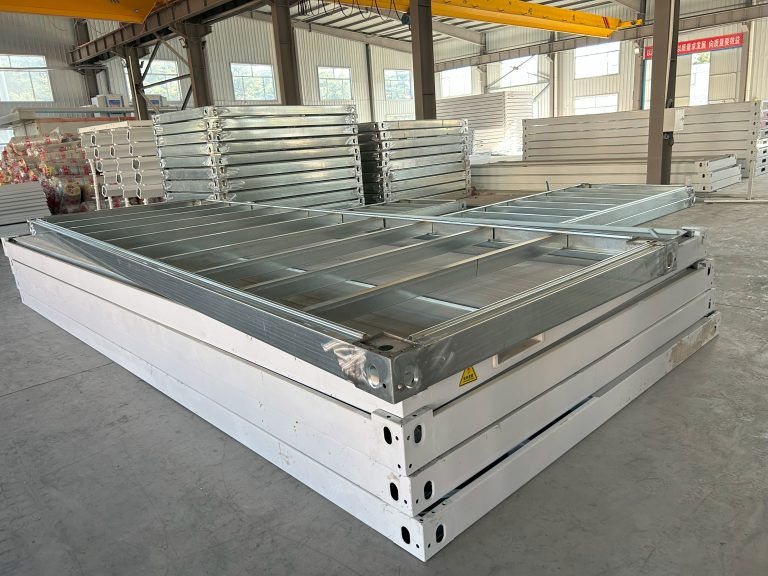Structural Steel Design Principles
Benefits of Using Structural Steel in Building Design
Structural steel is a versatile and durable material that has been used in building design for centuries. Its strength, flexibility, and cost-effectiveness make it a popular choice for architects and engineers when designing a wide range of structures, from skyscrapers to bridges to industrial buildings. In this article, we will explore the benefits of using structural steel in building design and why it is such a preferred material in the construction industry.
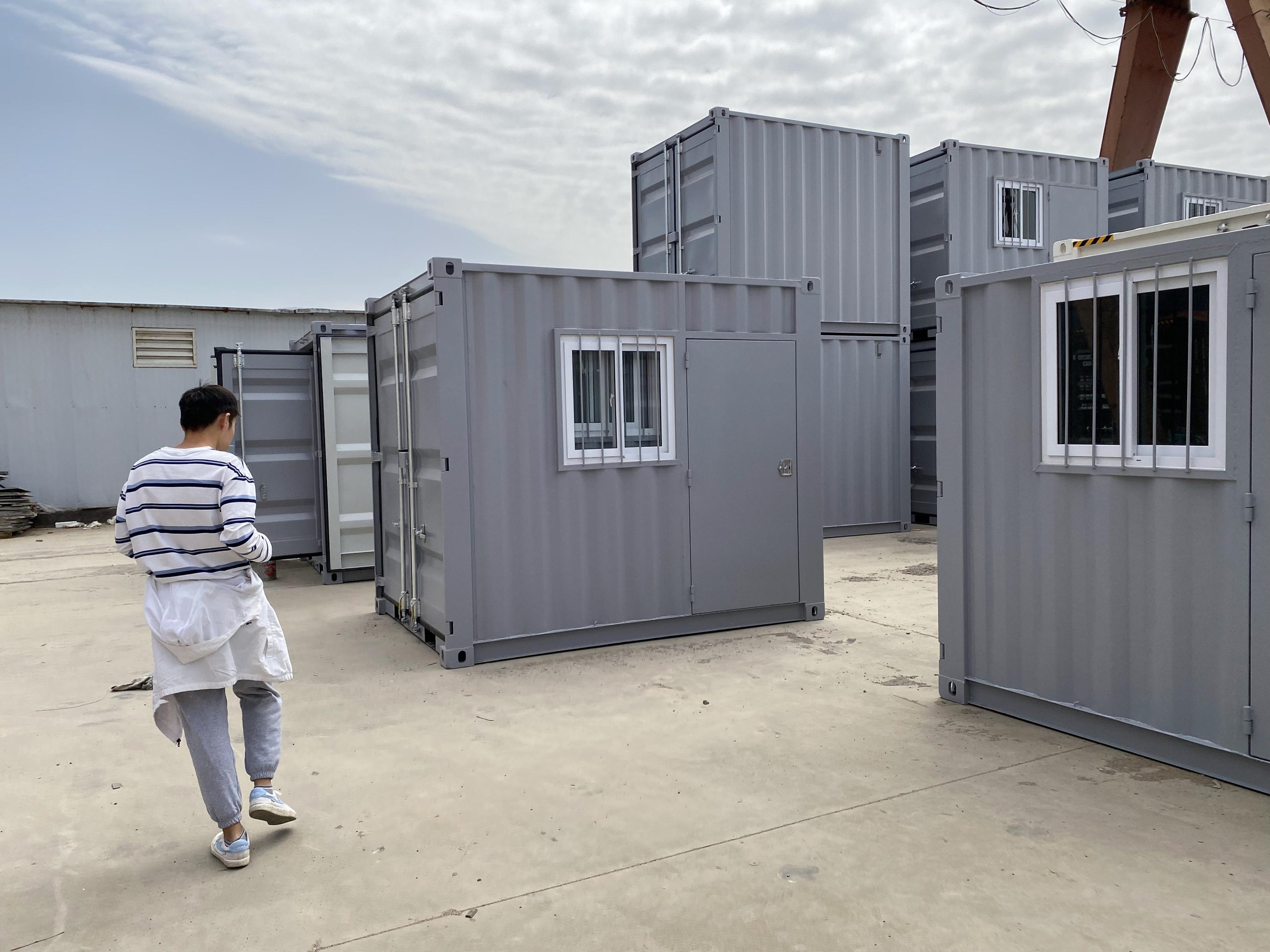
One of the key advantages of using structural steel in building design is its strength-to-weight ratio. Steel is one of the strongest materials available, allowing for the creation of structures that can withstand heavy loads and extreme weather conditions. This strength also means that steel structures can be built with fewer materials, reducing construction costs and environmental impact.
In addition to its strength, structural steel is also highly flexible and can be easily shaped and molded into a wide variety of designs. This flexibility allows architects and engineers to create innovative and unique structures that would be difficult or impossible to achieve with other materials. Steel’s versatility also makes it an ideal choice for buildings that require large open spaces or complex shapes.
Another benefit of using structural steel in building design is its durability. Steel is resistant to corrosion, fire, and pests, making it a long-lasting and low-maintenance material. This durability ensures that steel structures will remain standing for decades, reducing the need for costly repairs and replacements over time.
Structural steel is also a sustainable building material. Steel is 100% recyclable and can be reused indefinitely without losing its strength or quality. This recyclability makes steel an environmentally friendly choice for building design, as it reduces the need for new raw materials and minimizes waste. Additionally, steel structures can be easily disassembled and repurposed, further extending their lifespan and reducing their environmental impact.
In terms of construction speed, structural steel offers significant advantages over other building materials. Steel structures can be prefabricated off-site and then quickly assembled on-site, reducing construction time and labor costs. This speed of construction also minimizes disruption to surrounding areas and allows for faster occupancy of the building.
Structural steel is also a cost-effective building material. While the initial cost of steel may be higher than other materials, its long-term durability and low maintenance requirements make it a cost-effective choice over the life of the structure. Steel structures also have a high resale value, making them a sound investment for building owners.
In conclusion, the benefits of using structural steel in building design are numerous and significant. From its strength and flexibility to its durability and sustainability, steel is a versatile and cost-effective material that offers a wide range of advantages for architects, engineers, and building owners. By choosing structural steel for their projects, designers can create innovative and long-lasting structures that will stand the test of time.

